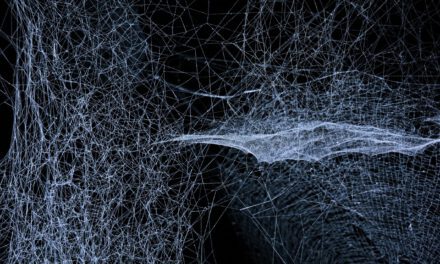“Consciousness is the beginning of everything”
On RSLNC.com we have already pointed out in many articles how important consciousness is for a deliberately lived life. To do this, it is necessary to develop consciousness in the first place („observing”) and, on this basis, to also deliberately make and implement our decisions (“doing”). You can find out more about this topic here.
But as always in life, everything has a bright side and a dark side. In other words, even our consciousness can sometimes fool us. And we should counter this illusion with consciousness and regular review. One example of this is the so-called ‘Frequency Illusion’. It is a “mild” form of self-hypnosis, so to speak, in which our consciousness tricks us into believing that our perception equals actual reality.
But what exactly is ‘Frequency Illusion’? Why is knowing this phenomenon important for our psychological health? And, more importantly, how can we deal with it and, at best, resolve it?
The term ‚Frequency Illusion’ was coined in 2005 by theStanford–professor Arnold Zwicky and goes back to an entry in an online forum in which the effect was initially described under the name ‘Baader-Meinhof phenomenon’. This phenomenon describes a cognitive distortion with a tendency to notice something supposedly more often after it has first come to mind. As a result, this leads to the belief that the phenomenon suddenly appears more frequently than before. This illusion can relate to an information/statement, a stimulus or even an object, and can take place on all sensory levels.
A simple example of this would be: you read that more and more red cars are being registered, or you see that a neighbour has bought a red car to your surprise, and suddenly you see red cars everywhere. Or you become consciously aware of a song for the first time and suddenly think that it is being played everywhere all the time.
These are, of course, harmless examples. However, being stared at by a person on the bus could just as easily lead to the feeling that you are suddenly being stared at everywhere. Or that a rotten vegetable in the fridge means that you suddenly notice rotten fruit or vegetables everywhere. Or that a spider crawls up your sleeve and you suddenly suspect spiders everywhere.
But what does all this and the ‘frequency illusion’ have to do with resilience? And how should we deal with a “sudden” increase in the occurrence of certain phenomena or observations?
The latter examples quickly make it clear that the ‘frequency illusion’ can also be a cause or trigger of stress, anxiety or even phobias, or play an important role in the development of these. If this illusion refers to a negative experience, this often leads to a very rapidly accelerating and intensifying form of self-hypnosis, which increases stress and anxiety and can even trigger phobias.
In terms of personal resilience, it is therefore important to question every occurrence of the ‘frequency illusion’ as quickly as possible. In other words, if we have the feeling that a stressor that we may not have noticed before is suddenly occurring more frequently and is increasingly causing us problems, we should check whether this phenomenon is actually occurring more frequently or whether our consciousness is just misleading us.
We can do this initially for ourselves in self-reflection. However, it is even better to involve the people around us and ask family members, friends or colleagues, for example: “I have the feeling that … How do you perceive that?” Of course, we tend to confirm our perceptions first, because we assume that what we perceive is also the “truth” (see also ‘Radical Constructivism’). In this respect, feedback from others is an important element in dissolving our ‘frequency illusion’.
As a result, we carry out a ‘recalibration’ that shows us whether a specific perception is actually a problem or whether it is ‘just’ a figment of our imagination. And that, of course, has a direct impact on our resilience.





